Middle East Eye and its ‘10 sources’ go into hiding as IRGC Quds Force chief reappears
By Syed Zafar Mehdi
Middle East Eye, which modestly describes itself as an "independently funded" beacon of truth, churned out another "exclusive" last week from the vault of groundbreaking revelations.
The only and fundamental problem with these ‘revelations’ is that they are the figments of imagination with any resemblance to real persons, living or dead, purely coincidental.
The Qatar-funded news outlet rocked the news cycle on October 10 by claiming that Islamic Revolution Guards Corps (IRGC) Quds Force commander Brigadier General Esmail Qaani was "under guard and being investigated" for—you guessed it—"major security breaches."
Ten anonymous sources in Tehran, Beirut and Baghdad (as if these cities are teeming with people eager to spill state secrets) whispered in the ear of MEE’s Suadad al-Salhy that Qaani and his unit were in a lockdown tighter than a Hollywood action movie plotline, as investigators searched for answers.
Clearly, as they assumed, the IRGC investigators had nothing better to do.
The report also dismissed what former Iranian ambassador to Baghdad and senior IRGC commander Iraj Majedi told reporters last Tuesday that the IRGC Quds Force commander was “in good health and is carrying out his daily duties”.
MEE brushed that aside because it had at least "eight sources" telling a different story, a story that reminded many of 1980s Hollywood and Bollywood thrillers but with terrible choreography.
One source cited in the report claimed that "everyone" in the IRGC was "under investigation," because when you’re making exaggerated and ludicrous claims, why not just toss in the entire organization for good measure?
“He is being detained while investigations continue,” the report stated, citing “eight sources from Iran, Iraq and Lebanon, with one of them claiming that “everyone” in the IRGC was “under investigation.”
“Nothing is certain at the moment. The investigations are still ongoing and all possibilities are open.”
And of course, Western and Israeli media outlets, always game for a sensational headline, seized the report with the enthusiasm of someone unwrapping a surprise gift on their birthday.
Middle East Eye: IRGC Quds Force commander Brigadier General Esmail Qaani is "under house arrest"
— Press TV 🔻 (@PressTV) October 15, 2024
Guess his house is just a bit too spacious—looks like the whole country fits!
👇👇👇 pic.twitter.com/s28CjrvFBp
Did Qaani collapse from cardiac arrest? Was he interrogated? Was he just out for a long walk? The possibilities were endless, and naturally, speculation snowballed into a full-on media circus.
Before the MEE report came out and created a stir, some media outlets had already pronounced him dead for being “conspicuously absent” since traveling to the Lebanese capital two days after the assassination of Hezbollah leader Sayyad Hassan Nasrallah in an Israeli strike in Dahiyeh.
Being absent from the public eye effectively means you are eliminated from the civil registry, at least in the world where MEE's sources live and breathe.
Never ones to be left out, Times of Israel, a newspaper bankrolled by Tel Aviv, in a report on October 7 said the Quds Force commander “had not been heard from since strikes in Beirut,” citing Reuters.
“Asked about reports that Qaani may have been killed in an Israeli strike in Beirut, Israeli military spokesperson Lieutenant Colonel Nadav Shoshani said the results of the strikes were still being assessed,” the report stated, displaying thrill and impatience to break the news about his death.
After the MEE report, Times of Israel and many other Israeli regime outlets, including Jerusalem Post, swiftly changed the narrative from “Qaani being dead” to “Qaani being investigated by IRGC.”
The switch was performed with the finesse of someone trying to moonwalk out of a mistake.
Not to be outdone, Al-Arabiya and Sky News Arabic chimed in with claims that Qaani was “subject to surveillance and isolation, after the Israeli assassinations of prominent Iranian leaders.”
Sky News Arabic went a step ahead in the ‘yellow journalism’ game by claiming that Qaani had a “cardiac stroke” and was admitted to hospital. It added that his chief of staff was “under scrutiny.”
It’s like they were competing in a game of media telephone, each trying to outdo the other. Somehow they were convinced Qaani was dead, they just didn't know how and where and why.
Middle East Eye: IRGC Quds Force commander Esmail Qaani "under house arrest", "questioned", "interrogated" by figures under Ayatollah Khamenei's supervision.
— Fake News Detector (@FakeNewsDetctor) October 10, 2024
Meanwhile, Ayatollah Khamenei is set to confer 'Nishan e Fath' on Qaani in coming days, Press TV reports.#FactCheck pic.twitter.com/n5QTAhEgnp
Times of India, the world’s largest circulating newspaper published from New Delhi, also joined the fray, describing Qaani as “an Israeli mole in IRGC” and “a suspect in Nasrallah’s assassination.”
All these run-of-the-mill news outlets were desperate to score brownie points by manufacturing fictitious accounts related to the Quds Force commander just because he didn’t appear in public.
IRGC’s top commander General Hossein Salami had already brushed off the rumors, declaring Qaani "in perfect health" and set to receive the prestigious 'Order of Fath' from Leader of the Islamic Revolution Ayatollah Seyyed Ali Khamenei.
The ‘Order of Fath’, Iran’s second biggest military honor, which was also conferred on IRGC aerospace commander Amir Ali Hajizadeh recently, is certainly not bestowed on those being “interrogated", and of course not on those who are "dead."
So, as the din surrounding the IRGC Quds Force commander’s whereabouts was intensifying, he appeared in public and put all speculation to rest. It’s not known how the MEE reporter and her editors are feeling now, as we don’t have access to 10 sources, let alone 1, to spill the beans.
On Monday morning, Brigadier General Qaani reappeared, very much alive, at the funeral of senior IRGC commander Abbas Nilforoushan in Tehran. Media aired the footage, no doubt leaving many journalists scrambling to explain why their anonymous sources failed to predict this grand plot twist.
“Qaani could be seen in footage and photos broadcast by Iranian media on Tuesday showing the arrival of Brigadier General Abbas Nilforoushan’s coffin at the Iranian capital’s Mehrabad Airport,” MEE reported, as if not wanting to believe the footage and photos of the IRGC Quds Force chief.
Times of Israel was particularly stunned, reporting that someone who "appeared to be" Qaani was spotted at the event, still holding onto a thread of doubt and skepticism.
Quds Force commander Esmail Qaani to receive top order from Leader: IRGChttps://t.co/Zzv0IZBqQ2
— Press TV 🔻 (@PressTV) October 9, 2024
“Iran’s state TV has shown a person who appears to be Esmail Qaani, the top commander of Iran’s Quds Force, seen in footage aired on Iranian state TV attending a memorial ceremony for a senior Revolutionary Guards commander killed in Lebanon,” it reported, unwilling to accept he was alive.
Al Arabiya, which also jumped on the ‘Qaani death’ and ‘Qaani investigation’ bandwagon last week, in a report on Monday said he “appeared in public after weeks of absence.”
Sky News, having gone all-in on the heart attack narrative, backpedaled with as much grace as a three-legged race, refusing to apologize for publishing unverified information.
But let’s not forget Iran International, the notorious purveyor of propaganda, which took the lead in disseminating disinformation about Qaani. Netizens on Monday put a collage of all of its Qaani-centric headlines in recent days.
Social media has been abuzz since Monday morning, with netizens slamming the entire farce and mocking the breathless predictions and ever-shifting storylines, from MEE to Sky News to Al-Arabiya to Times to Israel. They all were driven by the same agenda and they all have been left red-faced.
One social media user said the rumors surrounding Qaani—whether he was with Saffeidine in Beirut, was a mole, had a heart attack, or something else—“were clear signs of information warfare.”
Another user said it was “interesting how quickly narratives unravel”, referring to the distorted reportage about Brigadier General Qaani’s whereabouts in recent days.
The moral of the story is, never jump the gun because you will have nowhere to hide out of embarrassment when the person you pronounce dead or guilty shows up with full power and dignity.
Go and ask the MEE reporter and editor how does this embarrassment feel.
VIDEO | Jordanian Journalists Syndicate denounces Israeli crimes against media workers
VIDEO | Grossi visits Tehran hoping to facilitate dialogue
VIDEO | Iran commemorates 13th anniversary of missile program pioneer
Israel’s aggression inflicts $8.5 billion in economic losses on Lebanon: World Bank
Hezbollah attacks Israeli military bases in Tel Aviv, Haifa
Hezbollah strikes multiple Israeli targets in fresh retaliatory operations
VIDEO | New Zealand: Maori MPs protest in parliament with Haka war dance
Pezeshkian: World has come to believe Iran seeks peace, security




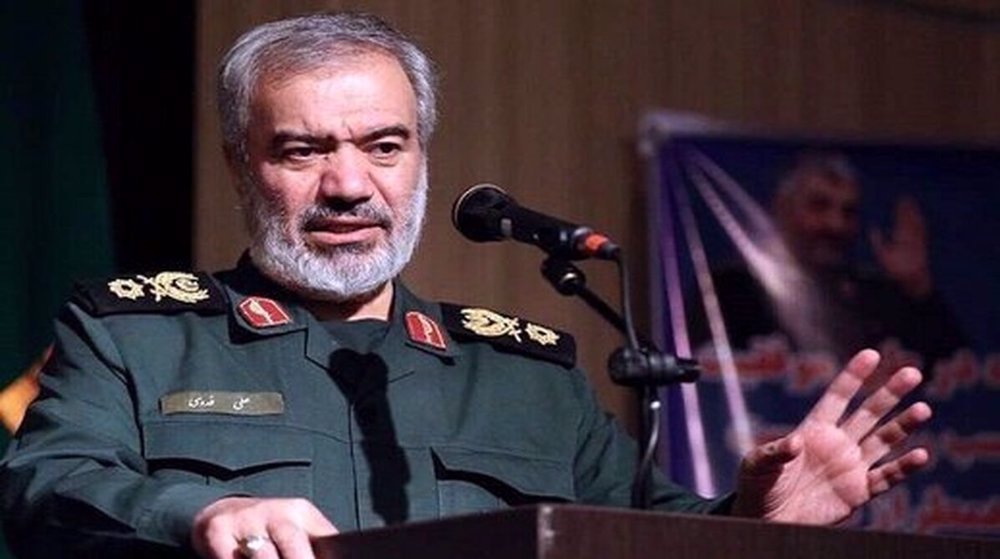
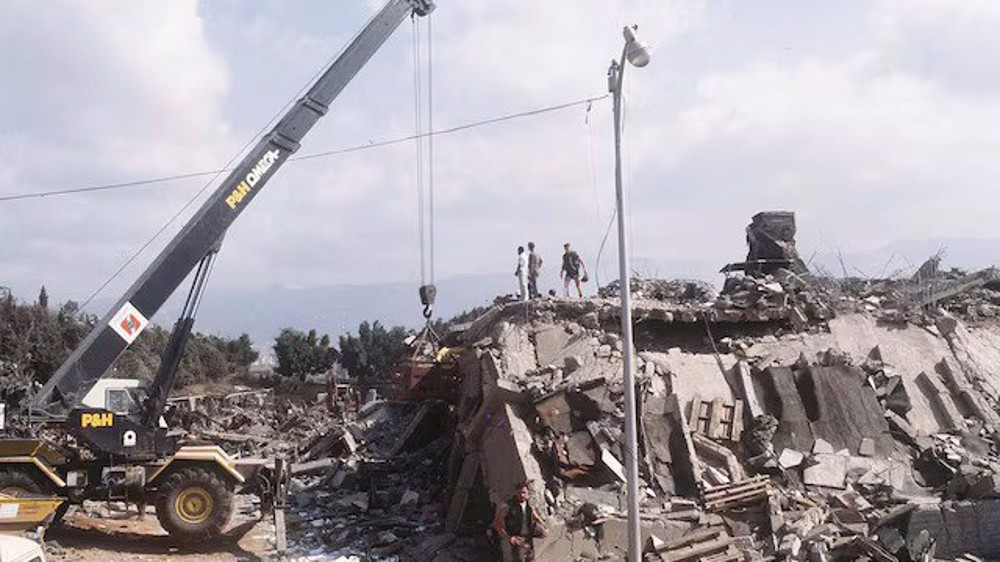



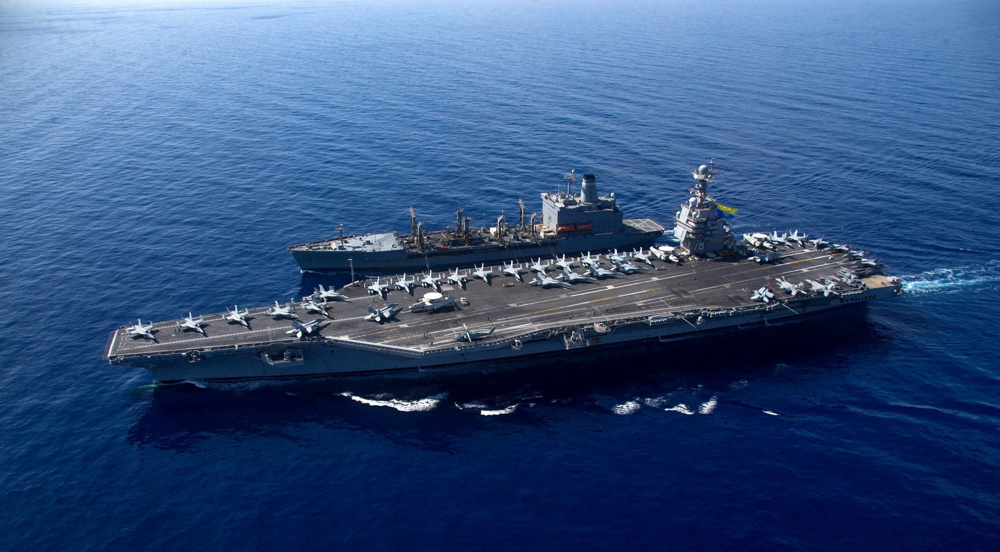

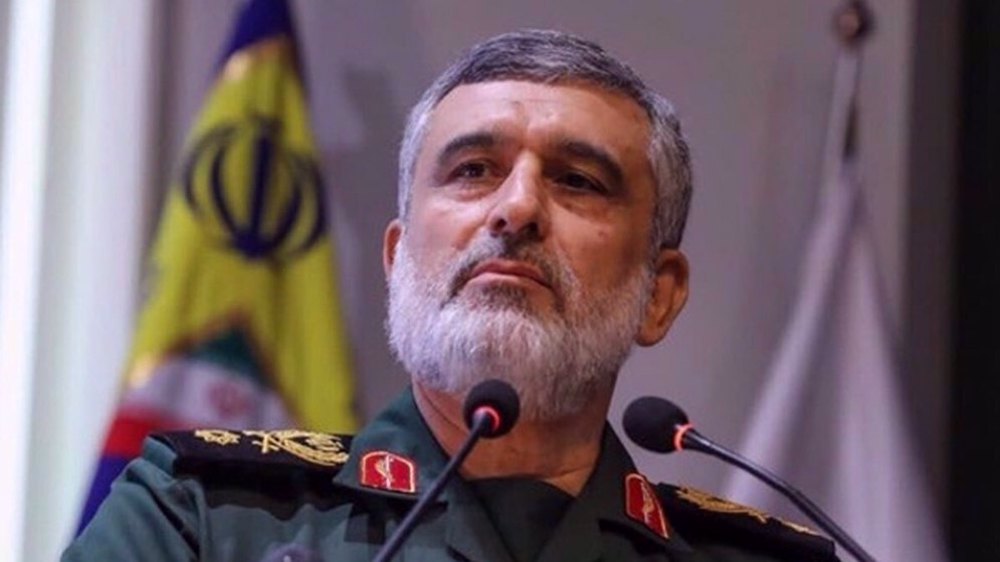

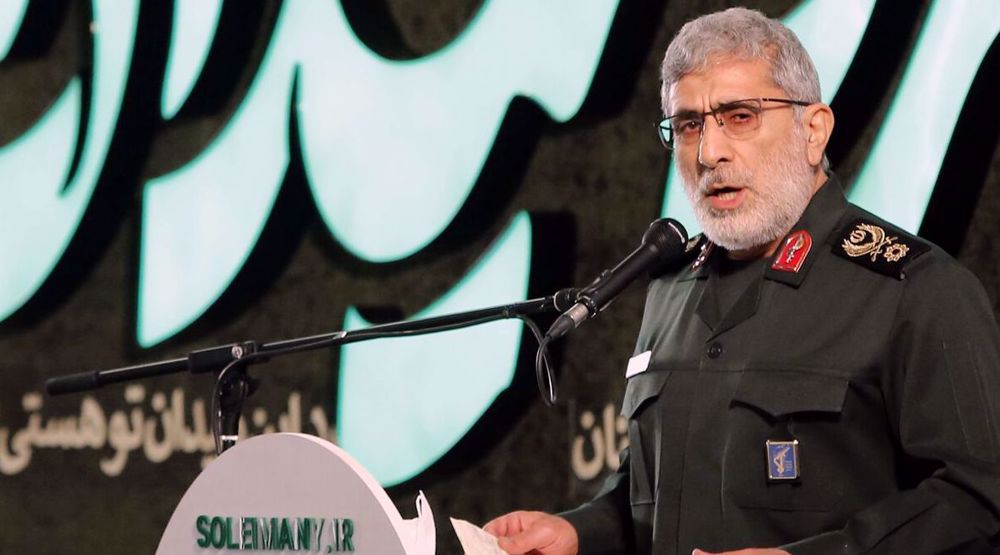

 This makes it easy to access the Press TV website
This makes it easy to access the Press TV website